
Breakthrough: Scientists Discover How to Revert Cancer Cells Back to Normal
Cancer has long been one of the most feared diseases known to humanity. Characterized by uncontrolled cell growth, cancer can affect nearly any part of the body, often leading to devastating consequences. Traditional treatments such as chemotherapy, radiation, and surgery aim to kill or remove cancerous cells, but they also often harm healthy cells in the process. However, a groundbreaking discovery has opened a new path in cancer treatment—one that doesn't destroy the cancer cell but instead transforms it back into a healthy, normal cell.
This revolutionary approach is based on a deeper understanding of how cells grow and differentiate. Scientists have long known that cancer cells arise when normal cells mutate and lose control over their growth and division. Recent research, however, has focused on the idea that these rogue cells might not be as irreversible as once thought. In fact, new studies show that cancer cells can, under certain conditions, be reprogrammed to return to their original, healthy state.
Researchers have discovered that by targeting specific proteins and genetic pathways, they can “reset” cancer cells. For instance, one study revealed that manipulating a group of molecules called microRNAs—tiny pieces of genetic material that regulate how genes are expressed—could reverse cancerous behavior. When certain microRNAs were reintroduced to cancer cells, the cells stopped dividing uncontrollably and began behaving like normal tissue cells again.
In another groundbreaking study, scientists were able to turn aggressive breast cancer cells back into normal mammary cells by exposing them to a protein found in the surrounding healthy tissue. This suggests that the environment around a cell—known as the microenvironment—plays a crucial role in determining whether a cell behaves normally or becomes cancerous. By modifying this environment, researchers can effectively "talk" cancer cells out of being cancerous.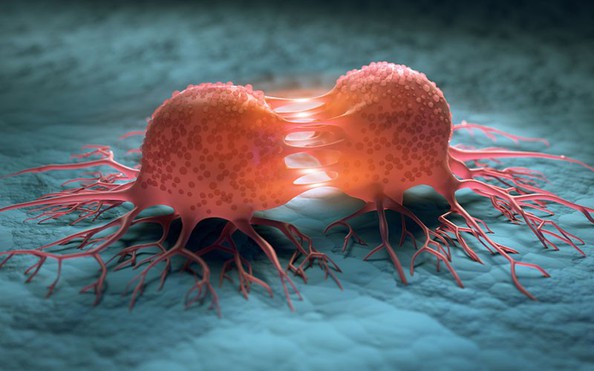
The implications of this discovery are profound. Unlike conventional treatments, this method does not rely on destroying cells but instead corrects their behavior. This could drastically reduce side effects and improve patients' quality of life during and after treatment. Moreover, because this method targets the root cause of the disease—cellular malfunction—it holds promise for preventing relapse, one of the biggest challenges in current cancer therapy.
Of course, this technology is still in the early stages. Most of these findings have been observed in lab experiments and animal models, and it will take more time before they can be safely and effectively applied to human patients. Clinical trials, safety testing, and further research are necessary to refine these methods and understand their limitations.
Nevertheless, this breakthrough represents a paradigm shift in how we think about cancer treatment. Instead of waging war against the body’s own cells, we may soon be able to rehabilitate them. It opens up the possibility of a future where cancer is not only treatable but reversible—without the need for aggressive therapies that often do more harm than good.
In conclusion, the discovery that cancer cells can potentially be reverted back to normal cells marks a turning point in medical science. While much work remains, this approach could revolutionize the way we treat cancer and offer new hope to millions of patients worldwide. By continuing to invest in research and innovation, we move one step closer to turning cancer from a deadly disease into a manageable—and possibly curable—condition.
News in the same category


DIY Lemon Ginger Turmeric Power Shots: Boost Your Health Naturally
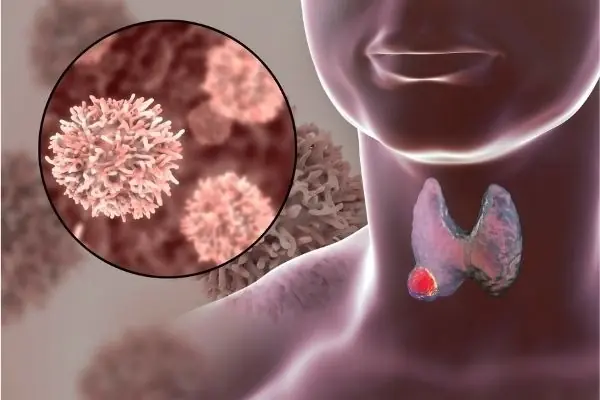
7 Early Warning Signs of Nasopharyngeal Cancer: Even One Symptom Is a Reason to See a Doctor
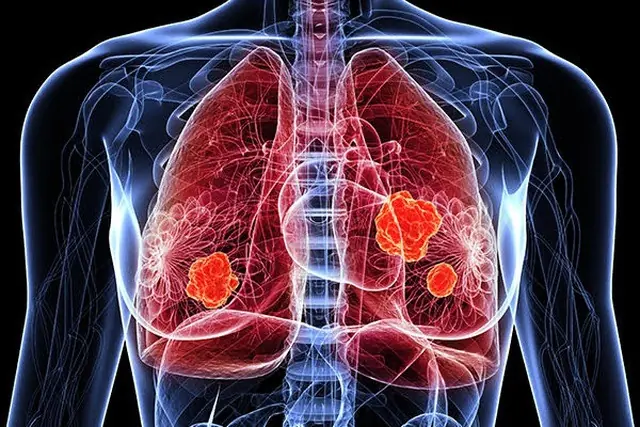
9 Early Signs of Lung Cancer You Should Not Ignore

Professors blame one childhood eating habit for surge in colon cancer among Gen Z and Millennials

Are you sleeping on hidden toxins?

What Your Tongue Says About Your Health

Tapeworms in Humans: Symptoms and Treatments (Pictures Included)

11 Health Warnings Your Fingernails May Be Sending

Lemon + Cucumber: The Underrated Power Duo That Will Transform Your Health

Refresh Your Health: Benefits of Cucumber, Ginger, Mint, Lemon, and Water

If Cancer Is Lurking in the Body, These 3 Signs Often Appear at Night — But Many People Ignore Them

Cancer Is Painless at First, But If You Notice These 8 Signs While Using the Toilet, See a Doctor Early: Don’t Ignore Them

9 Indications of lack of magnesium You Ought to Be aware

17-Year-Old Girl Hospitalized Due to Kidney Failure, Requires Lifelong Dialysis: Doctors Warn of 3 Common Habits Among Young People

Boy, 6, dies after experiencing common symptom which affects almost every child

The 7 Covid symptoms that shouldn't be mistaken for hay fever this summer
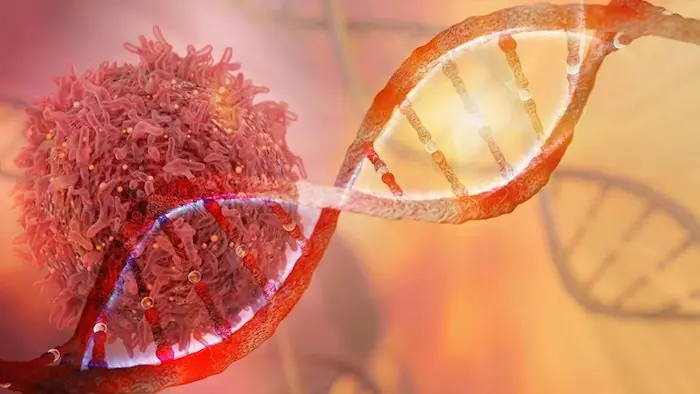
Warning: 9 Silent but Dangerous Signs of Cancer – Listen to Your Body
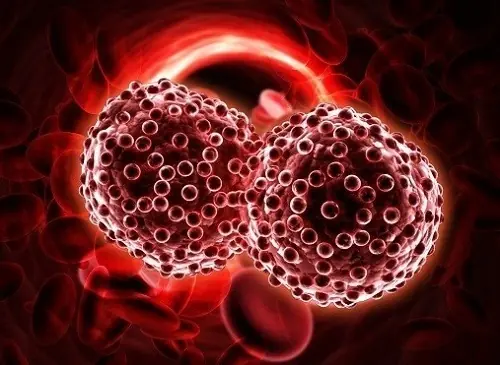
7 Early Signs of Blood Cancer Everyone Should Know
News Post

Nicole Kidman, 57, in a Stunning Black Gown, Debuts a Pixie Haircut With Dark Roots at the 2025 Met Gala, Igniting Buzz – Photos

The Miracle Remedy That Has People Abandoning Hospitals: Cures Cancer, Diabetes, High Blood Pressure, and Poor Circulation!

DIY Lemon Ginger Turmeric Power Shots: Boost Your Health Naturally

7 Early Warning Signs of Nasopharyngeal Cancer: Even One Symptom Is a Reason to See a Doctor

9 Early Signs of Lung Cancer You Should Not Ignore

'This Is Us' Star Chrissy Metz Stuns in Multicolored Ruffled Dress at the Variety Power of Women Nashville Event – Photos

Reba McEntire Is a Proud Mom of One Son – She Shared a Heartwarming Dance with Him at His Fairytale Wedding
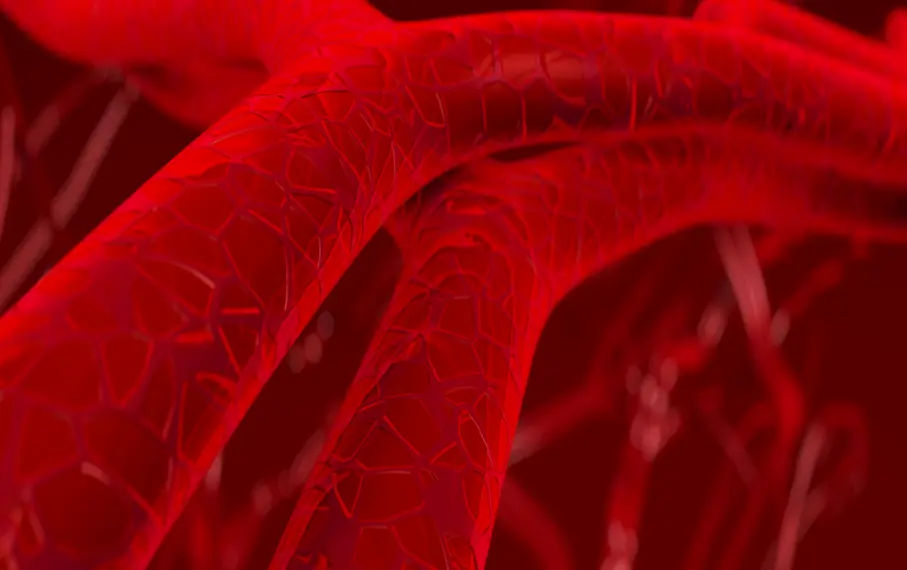
Top 10 Spices & Herbs to Support Arterial Health
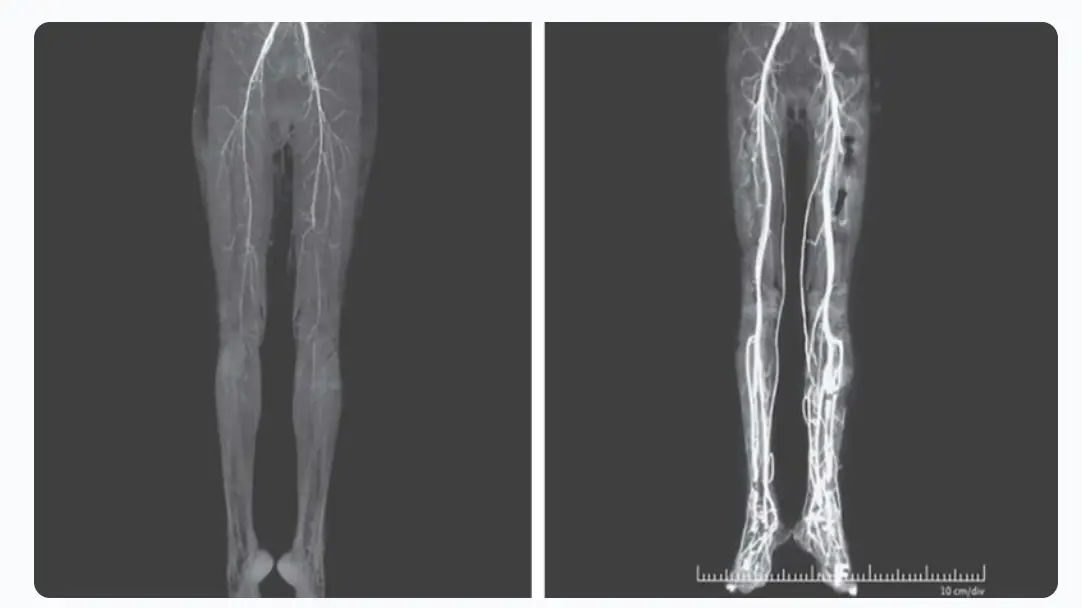
Woman Experiencing Burning Pains Turns Out To Have Medieval ‘Holy Fire’ Disease

The Truth Behind ‘Durex’: What Its Name Actually Stands For Has Left People Stunned
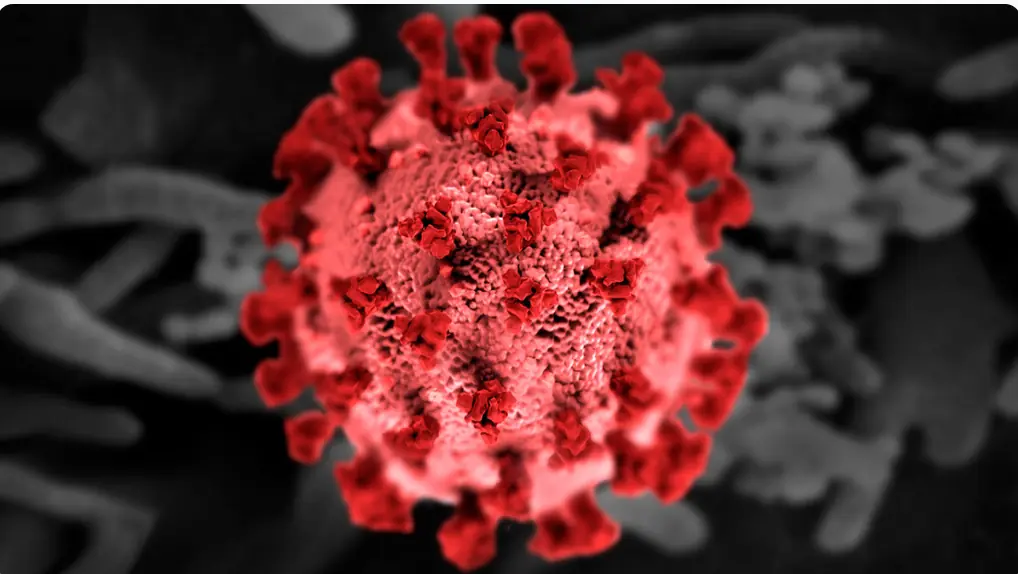
The New Leading Infectious Disease: COVID-19 No Longer Top of the List

12 Best Foods To Support Digestive and Gut Health

Professors blame one childhood eating habit for surge in colon cancer among Gen Z and Millennials

Are you sleeping on hidden toxins?

What Your Tongue Says About Your Health

Sabrina Carpenter Shows Up at the 2025 Met Gala Pantsless, Igniting Online Buzz

'Hope It's a Girl': Fans Are Convinced Rihanna Is Pregnant Following Her 2025 Met Gala Appearance — Photos

Halley’s Comet Is Back, But This Time, It’s Raining Fire

Meghan Markle Shares a Picture of Prince Harry with Their Children Archie and Lilibet Enjoying a Walk in the Garden
Following Prince Harry's BBC interview, where he shared his hopes for reconciliation with his family, Meghan Markle posted an endearing black and white photo of her husband and their kids on Instagram.